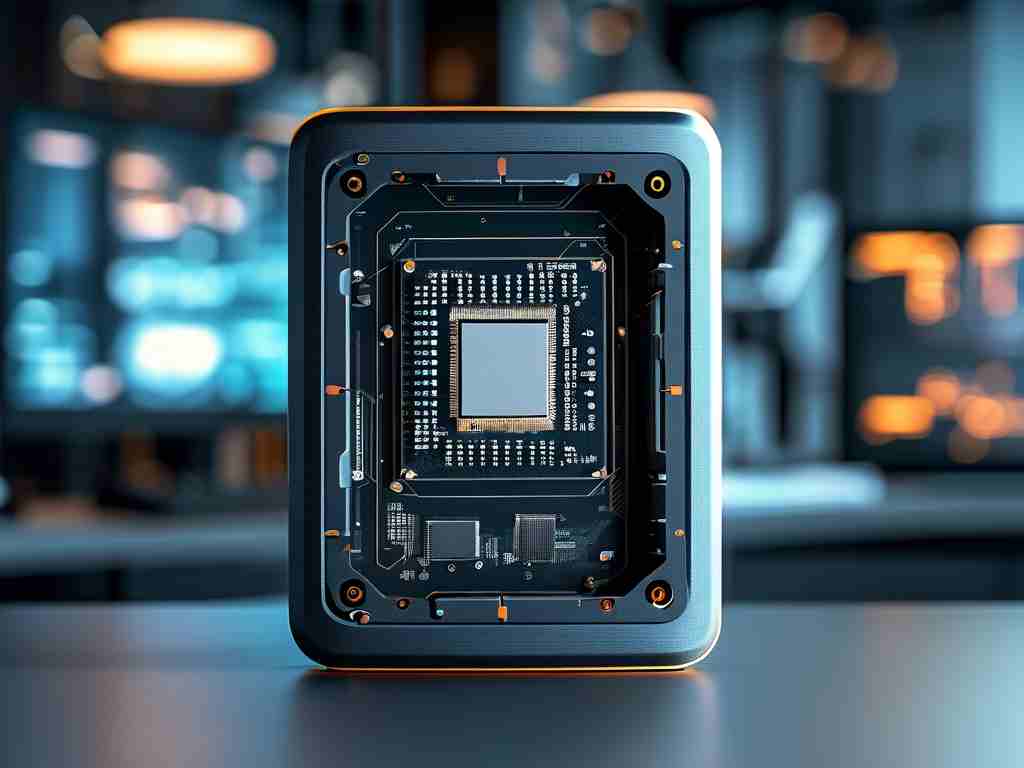The integration of artificial intelligence into embedded systems has revolutionized industries ranging from healthcare to automotive engineering. As developers navigate this evolving landscape, understanding the core principles of embedded AI application development becomes critical for building efficient and scalable solutions. This article explores practical approaches, essential tools, and optimization techniques that address the unique challenges of deploying AI models on resource-constrained hardware.

The Embedded AI Development Workflow
Unlike traditional software projects, embedded AI development requires balancing computational limits with performance demands. A typical workflow begins with model selection and training using frameworks like TensorFlow Lite or PyTorch Mobile, which offer lightweight architectures. For instance, converting a neural network to a quantized format using TensorFlow Lite’s converter can reduce model size by up to 75% without significant accuracy loss:
import tensorflow as tf
converter = tf.lite.TFLiteConverter.from_saved_model("model_directory")
converter.optimizations = [tf.lite.Optimize.DEFAULT]
tflite_model = converter.convert()
with open("optimized_model.tflite", "wb") as f:
f.write(tflite_model)
This code snippet demonstrates how developers can compress models for deployment on devices with limited storage. However, model optimization is only one piece of the puzzle. Memory management, real-time processing, and power efficiency must also be addressed through hardware-aware software design.
Hardware Constraints and Optimization Strategies
Embedded systems often operate with microcontrollers or low-power CPUs, necessitating careful resource allocation. For example, a smart camera system using AI for object detection might leverage ARM Cortex-M processors paired with optimized libraries like CMSIS-NN. These libraries utilize processor-specific instructions to accelerate matrix operations, improving inference speeds by 3–5x compared to generic implementations.
Developers should also adopt dynamic memory allocation techniques to prevent fragmentation. Preallocating buffers during initialization and using memory pools for recurrent tasks can stabilize performance. Additionally, techniques like model pruning—removing redundant neurons from neural networks—reduce computational overhead. A study by NVIDIA showed that pruning a ResNet-50 model by 30% decreased inference latency by 22% on embedded GPUs.
Debugging and Deployment Challenges
Testing embedded AI applications requires specialized tools. Platforms like STM32CubeIDE and Segger J-Link debuggers enable real-time monitoring of variables and memory usage. For edge devices without direct connectivity, logging frameworks like Elk Remotely (ELK stack) can stream diagnostic data to remote servers for analysis.
Consider a predictive maintenance system for industrial machinery: deploying an anomaly detection model on a Raspberry Pi might involve validating sensor data inputs against model expectations. Cross-compilation tools such as Yocto or Buildroot help generate OS images tailored to specific hardware, ensuring compatibility.
Future Trends and Developer Considerations
The rise of TinyML—a subset of embedded AI focused on microcontrollers—is pushing the boundaries of low-power applications. Frameworks like Edge Impulse allow developers to collect sensor data, train models, and deploy them to devices like Arduino Nano in minutes. Meanwhile, advancements in neuromorphic computing (e.g., Intel’s Loihi chips) promise to deliver energy-efficient AI processing through brain-inspired architectures.
To stay competitive, developers must prioritize modular code design. Separating AI inference logic from hardware drivers enables easier updates and scalability. For example, a voice-controlled home automation system could decouple its speech recognition module from the device’s audio interface, allowing independent improvements to either component.
In , embedded AI application development demands a blend of software expertise and hardware awareness. By leveraging optimized frameworks, adopting resource-conscious coding practices, and staying attuned to emerging technologies, developers can overcome constraints and deliver intelligent solutions that thrive at the edge.




